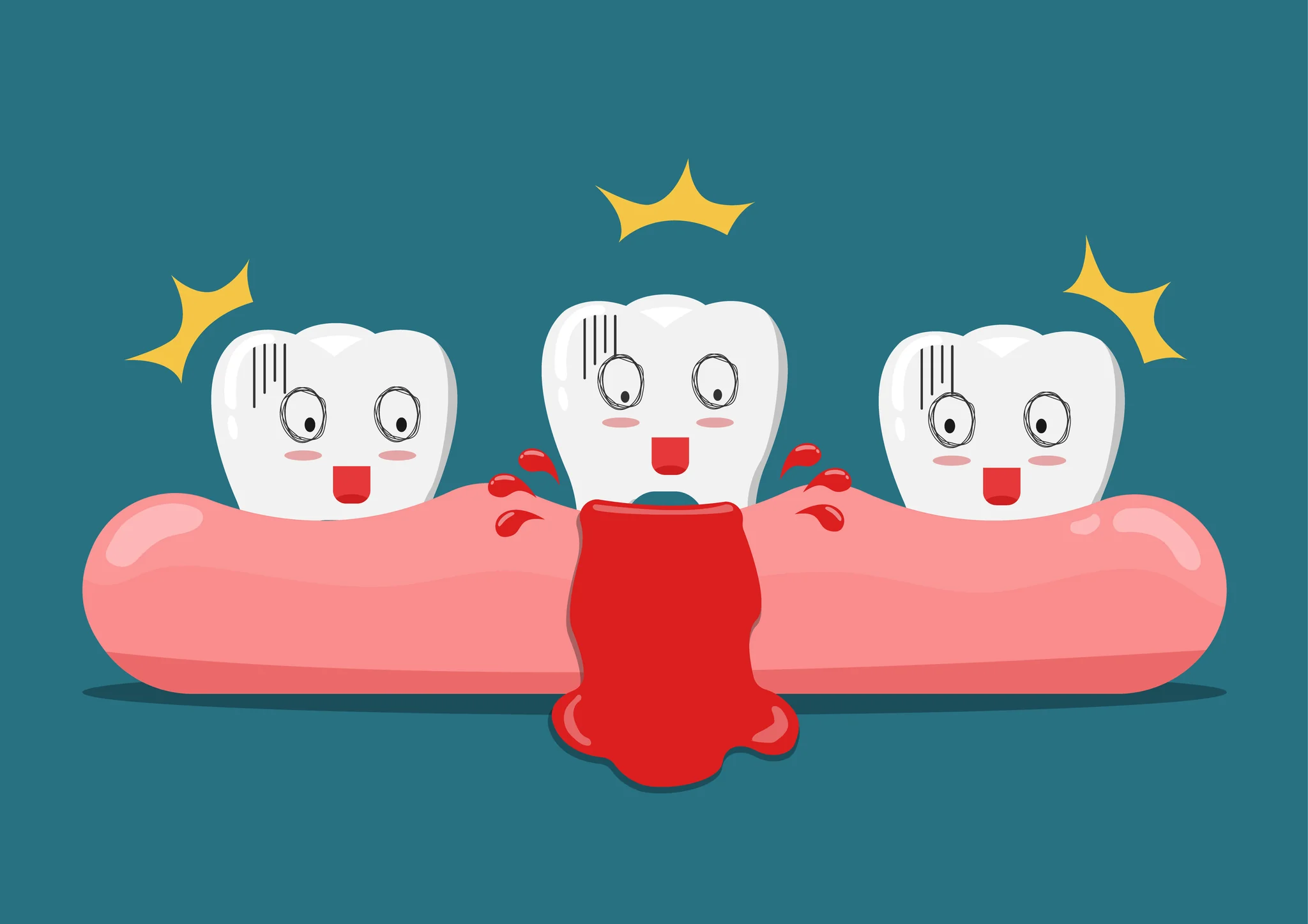Spotting blood when you brush or floss even if there’s no pain, this usually means your gums need a bit more care. Healthy gums shouldn’t bleed with day‑to‑day cleaning. In this guide, we’ll walk you through the most common reasons gums bleed, what’s urgent, how to settle the bleeding quickly, and when it’s time to book a professional check-up.
What are bleeding gums?
Bleeding gums occur when the gum tissue becomes inflamed, fragile, or traumatised. The most frequent trigger is plaque building up along the gumline, which is the early stage of gum disease called gingivitis. Sometimes the culprit is simply brushing too hard or using a hard‑bristled toothbrush. In other cases, people bleed because they’ve been inconsistent with flossing and the gums are a bit inflamed; once flossing becomes daily and gentle, that initial bleeding typically settles within a week. Bleeding after brushing can indicate gum disease, because plaque at the gumline irritates the gums and makes them bleed more easily - according to Australian government’s consumer health info at Healthdirect.
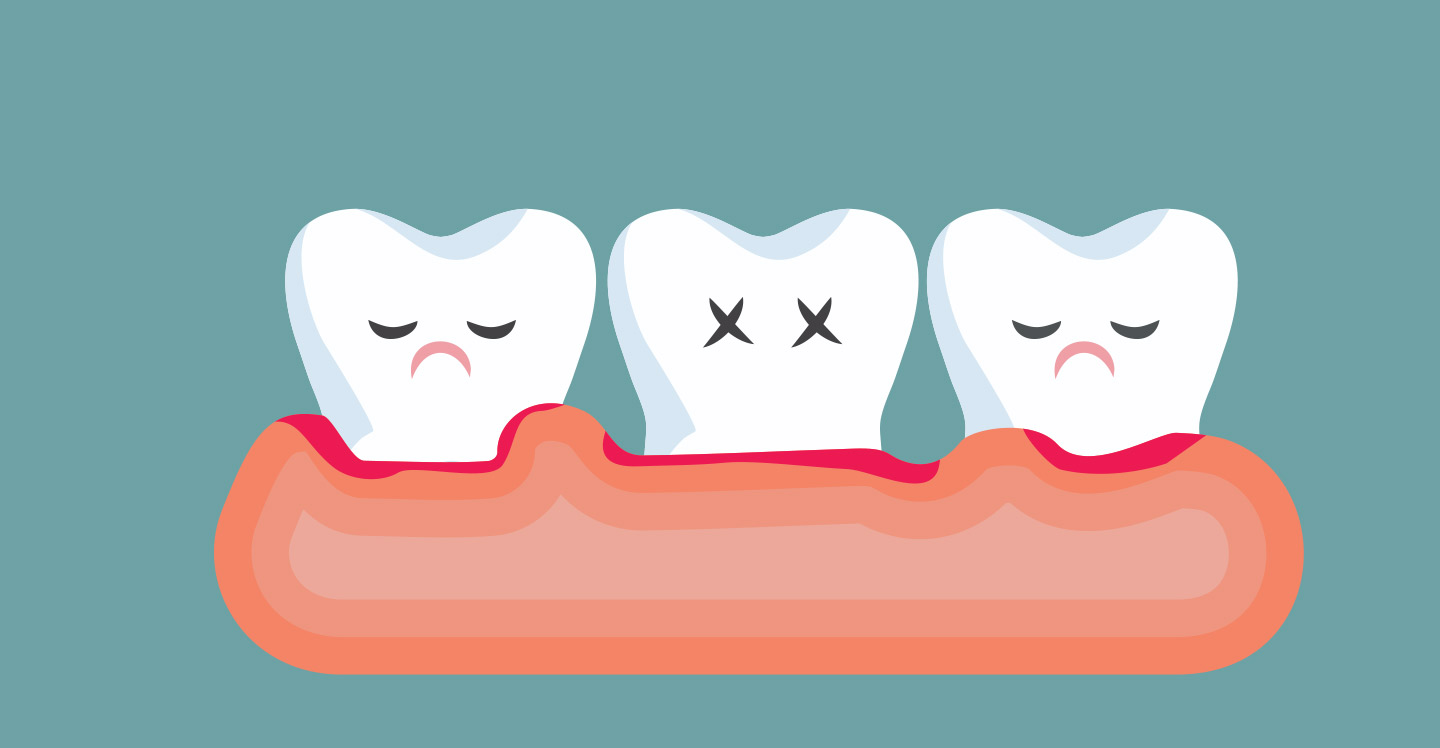
Top causes of bleeding gums
Most cases come back to local dental factors. Soft, sticky plaque builds along the gumline, and if it isn’t removed thoroughly, it irritates the gums and triggers bleeding. Within a couple of days, plaque can mineralise into tartar (calculus). Tartar is rough and traps more plaque, keeping the gums inflamed. Brushing too hard, using a firm brush, or snapping floss can also cause small injuries that bleed. Appliances such as dentures or aligners can rub and create sore spots if the fit isn’t ideal. Even small mouth ulcers or a stray popcorn husk tucked under the gum can set things off.
There are also broader health contributors. Hormonal changes during pregnancy can make gums more reactive and prone to bleeding. Conditions like diabetes, or nutrient shortfalls such as vitamins C or K deficiency, can increase gum inflammation or reduce healing, while blood thinners can make any minor bleeding look worse than it is. Smoking and frequent sugary snacking don’t help either—they feed the bacteria that drive plaque build‑up. For an accessible primer on the bacterial biofilm involved, see Wikipedia’s dental plaque page. If you’re unsure why your gums are bleeding, a quick assessment with your dentist is the best way to narrow down the cause and plan a fix.
“Blood when brushing teeth but no pain” — what it often means
If you notice blood on your toothbrush or in the sink but your mouth feels fine otherwise, you’re not imagining it. That’s classic early, plaque‑induced gingivitis. Early gum inflammation doesn’t need to be painful to be a problem. Switch to a soft brush, clean gently along the gumline, and make interdental cleaning a daily habit. If you’ve improved your technique for a solid week or two and the bleeding continues, it’s time for a professional clean and review. If sore teeth are also troubling you, these tips can help in the short term: How do I stop my teeth from hurting?
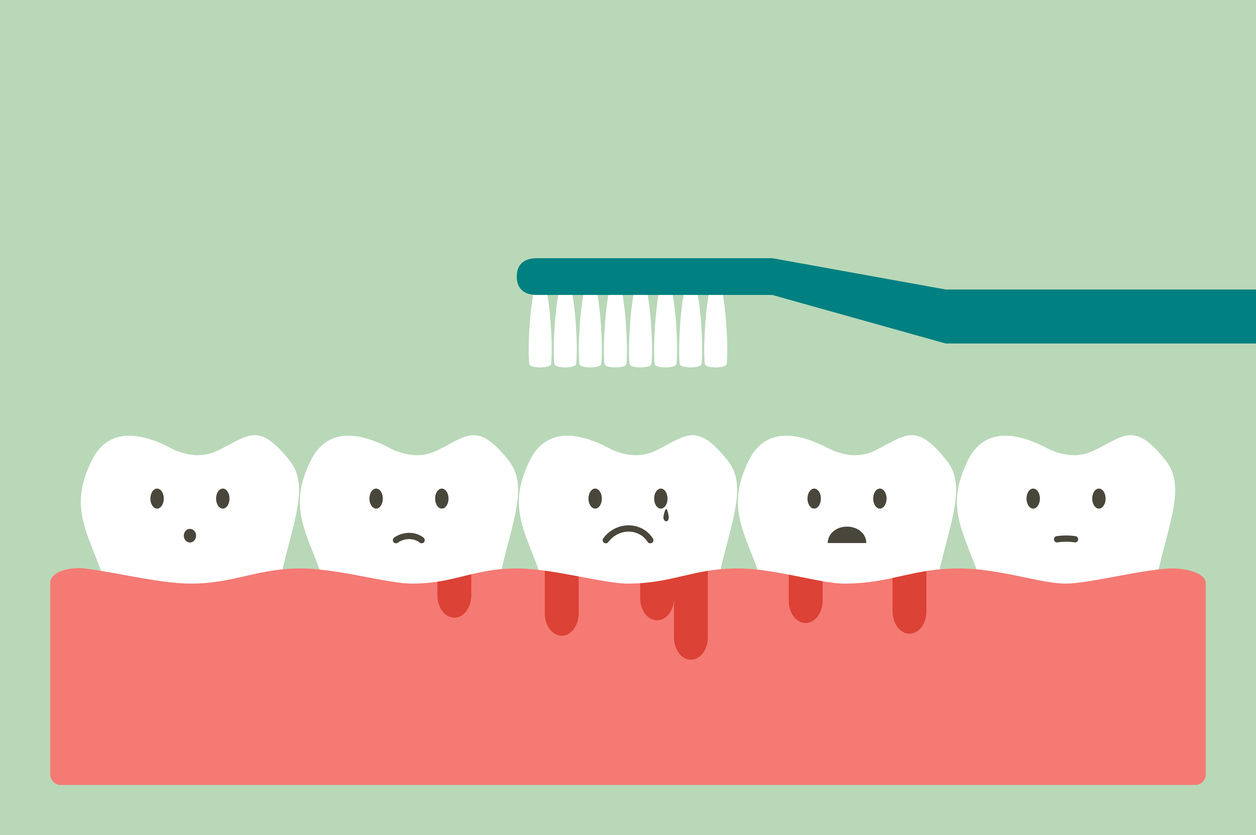
Plaque vs tartar: why your gums bleed
Plaque is a soft, sticky biofilm that forms on teeth within hours of eating or drinking. Left in place, it irritates the gums and sparks bleeding. After 24–72 hours, minerals in your saliva can harden that plaque into tartar. Tartar is rough, traps more plaque, and keeps the gums inflamed—so the bleeding continues. You can brush plaque away at home, but tartar needs a professional clean. If tartar sits for too long, the inflammation can progress from gingivitis to periodontitis, which affects the supporting bone and tissues.

When to seek urgent care
If bleeding is heavy or simply doesn’t settle after about two weeks of gentle, consistent home care, it’s time to book in. Seek urgent help if bleeding follows a dental extraction and won’t stop with firm pressure, or if you have swelling in the face, fever, or difficulty swallowing or breathing. These can be signs of infection and shouldn’t be ignored.
How to heal bleeding gums: Brisbane dentist‑approved steps
Start by resetting your daily routine for 7–10 days. Brush twice a day with a soft‑bristled brush and fluoride toothpaste, keeping the bristles angled slightly toward the gumline. Use floss or interdental brushes to clean between the teeth once a day, and consider an antibacterial mouthwash as a support act—not a replacement for physical plaque removal. Cutting back on sugary snacks, staying well hydrated, and making a plan to quit smoking will also help your gums settle.
Next, book a professional clean. Once tartar forms, no amount of scrubbing at home will shift it, and leaving it in place keeps the gums irritated. A thorough scale and polish removes the build‑up and gives your gums a chance to heal. Keeping to routine reviews is a proven way to prevent bleeding gums from returning: The Importance of Regular Dental Check Ups.
Finally, address any contributors. Pregnancy, diabetes, medication side‑effects, and nutrient deficiencies all influence gum health, so coordinating with your GP and dentist can make a real difference. For a concise symptom-and-cause rundown, Cleveland Clinic provides useful guidance. If there’s gingivitis, a clean plus better home care usually reverses it. If the gums and supporting tissues are more advanced (periodontitis), deeper cleaning and a maintenance schedule will be mapped out to protect your teeth over the long term.
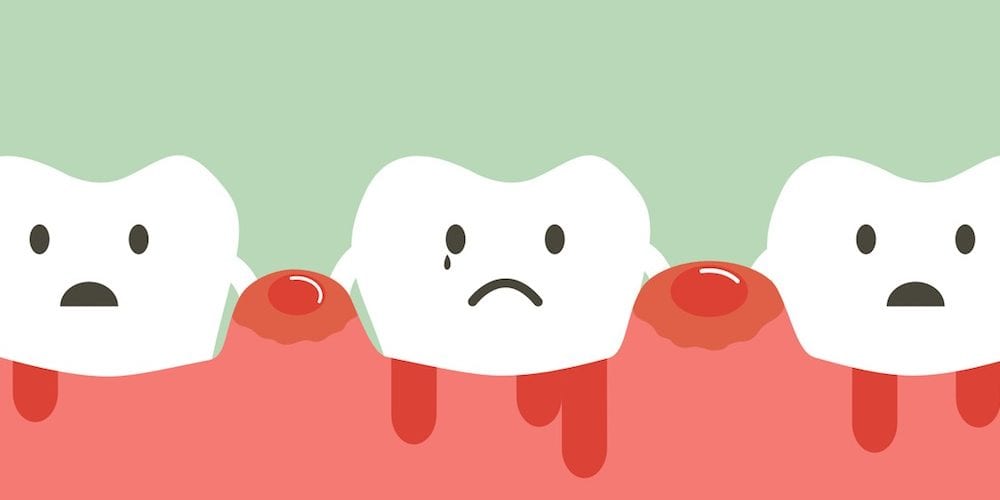
Common search intents answered
People often ask why their gums bleed when brushing or why they see blood when brushing teeth but no pain. In most cases, this points to early gum inflammation from plaque at the gumline. Others search for how to heal bleeding gums or worry about bleeding from gums randomly and gums bleeding for no reason. While bleeding can seem random, there’s almost always a cause—anything from a new flossing habit to hormonal changes or medication. If you’ve tidied up your brushing and interdental cleaning for a week and the bleeding hasn’t settled, book a check‑up so you can get on top of it quickly. If you’re also noticing jaw or tooth discomfort, this deeper dive may help while you arrange a visit: Aching pain in jaw and teeth.
FAQs
Why do my gums bleed when I brush?
The most common reason is plaque‑induced gingivitis or brushing too hard. Gentle, thorough cleaning along the gumline usually improves things within a week. If not, it’s time for a professional review and clean.
Is blood but no pain normal?
It’s common in early gingivitis. The absence of pain doesn’t mean your gums are healthy—think of bleeding as your early warning to step up care.
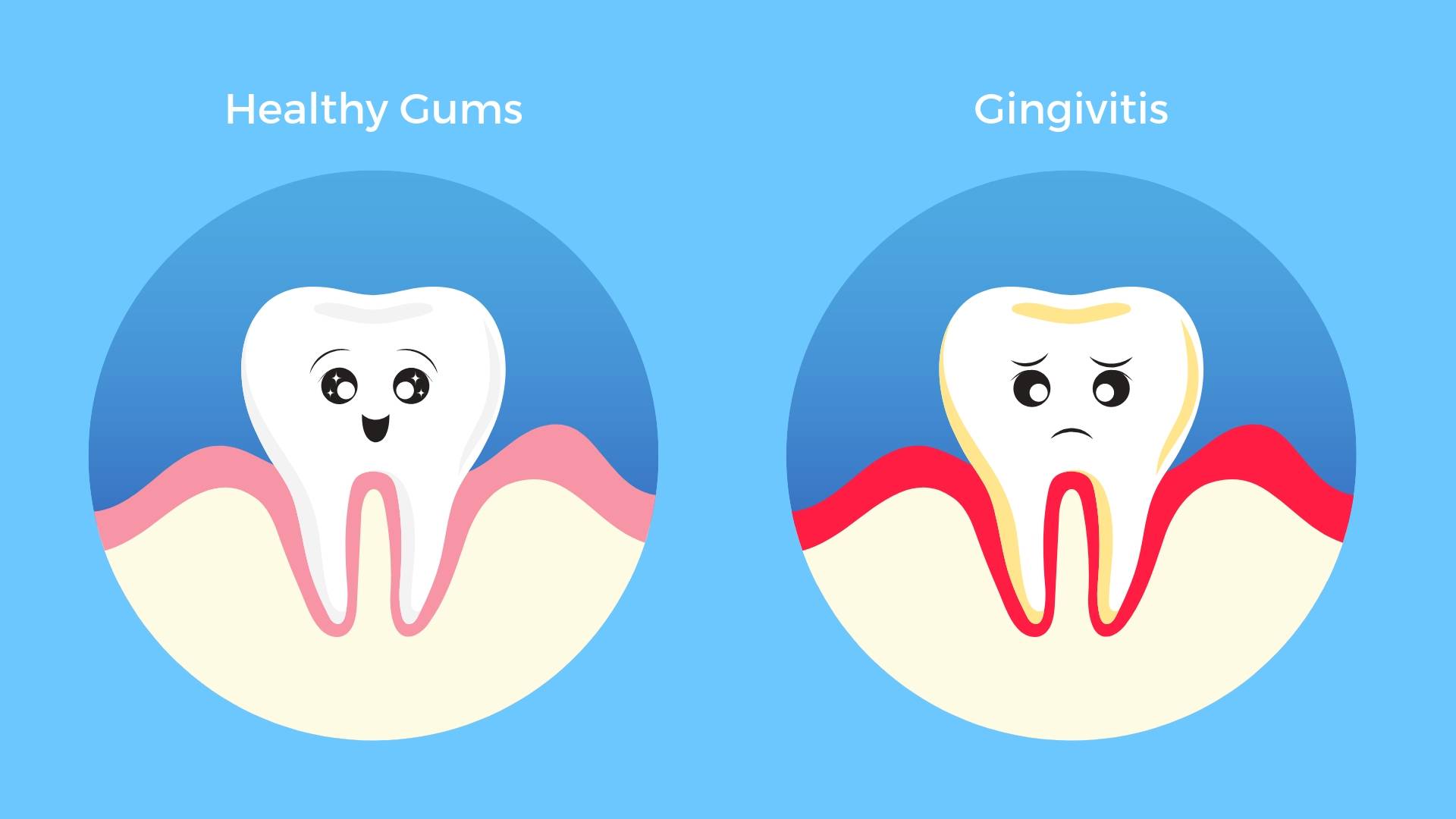
How long until the bleeding stops?
For most people, 7–10 days of consistent brushing and interdental cleaning does the trick. If bleeding persists, a dental assessment is recommended.
Can mouthwash stop bleeding gums?
Mouthwash can reduce plaque and freshen breath, but it won’t remove tartar or replace physical plaque removal. If tartar is present, you’ll need a professional scale.
Could jaw or tooth pain be related?
Gum disease and dental infections can radiate discomfort to the jaw or teeth. If you’re experiencing aching, this guide may help while you arrange a check‑up.
Prevention that actually works
Prevention is all about consistency: brush twice daily for two minutes with a soft or pressure‑sensing electric brush, keep the bristles gently sweeping along the gumline, and clean between your teeth once a day with floss or interdental brushes. Try to limit frequent sugary snacks and acidic drinks, sip water regularly, and keep up with routine professional cleans and check‑ups. This is the simplest path to gums that don’t bleed and a smile that stays healthy.
Ready to stop bleeding gums?
Gingivitis is reversible, and the sooner you act, the easier it is to fix. If bleeding hasn’t settled after a week of gentle, consistent brushing and interdental cleaning, book an appointment for a thorough clean and tailored advice.




